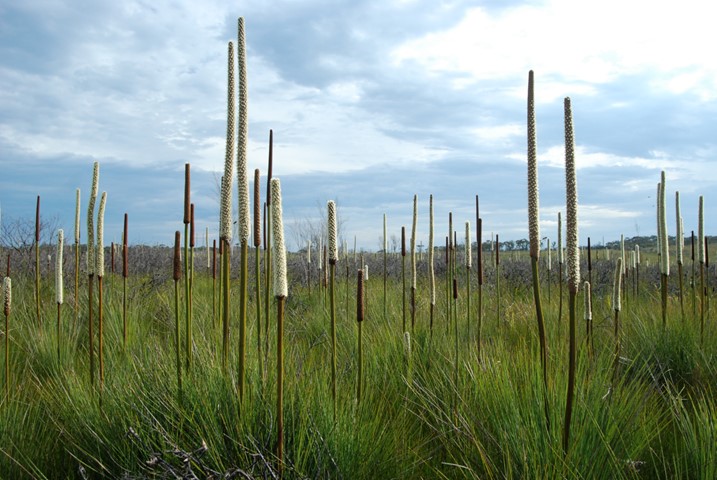Media release
From:
The recent NSW Independent Planning Commission refusal of the Dendrobium mine extension will protect upland swamps overlying the proposed extraction zone. On the 5th of February 2021, the Commission refused a proposed extension to the existing underground coal mine owned by South32 and located south of Sydney on the Woronora Plateau. The Commission concluded that the Project risked long-term and irreversible impacts on water resources, biodiversity and other environmental values of the Metropolitan Special Area drinking water catchment.
UNSW Sydney researchers have been collecting data on soil moisture in swamps of the Special Area. They have recorded the response of swamps with and without the mining disturbance.
The paper published in the journal Science of the Total Environment (16th February 2021) shows the effect of longwall mining on soil moisture in upland swamps. The research shows that swamps above longwall mine paths dry more quickly after rainfall than swamps without any mining disturbance. The mining effect is greatest for vegetation that is dependent on the wettest depressions in the swamps. Several years after mining, soil moisture has continued to decline in the undermined swamps.
While the proposed Dendrobium mine extension has been refused, longwall mining within an approved footprint continues to occur. There is no effective form of restoration once a swamp has been undermined. The roots of swamp vegetation require waterlogged conditions. If the shallow sandstone aquifers that regulate water availability are disturbed by mining, water in the root zone will drain and the swamps will dry.
Upland swamps are an important landscape element of Sydney’s drinking water catchment. They contribute to a stable supply of potable water by storing and gradually releasing water, filtering nutrients and moderating the erosive forces of storm events.
Upland swamps also support high-diversity, endemic and threatened biota. The community is recognised as endangered at both the national and state level, and threatened species such as the Giant Dragonfly and Prickly Bush-pea depend on the swamps and their stable hydrological conditions.
The lead author, Dr Tanya Mason, notes that “the only proven way to protect these endangered coastal upland swamps from dewatering is to avoid mining beneath them”.
She also says that “the NSW Independent Planning Commission refusal of the Dendrobium longwall mine extension is central to sustaining reliable, high quality water supply to Sydney and conservation of undisturbed upland swamps on the Woronora Plateau.”
Researchers at the UNSW Centre for Ecosystem Science will continue to track the legacy effects of underground mining on upland swamps. They are addressing the potential for bushfires to increase soil erosion and trigger changes in mined upland swamps. Mining and fire disturbance may transform swamps to drier non-wetland vegetation communities.



 Australia; NSW
Australia; NSW


